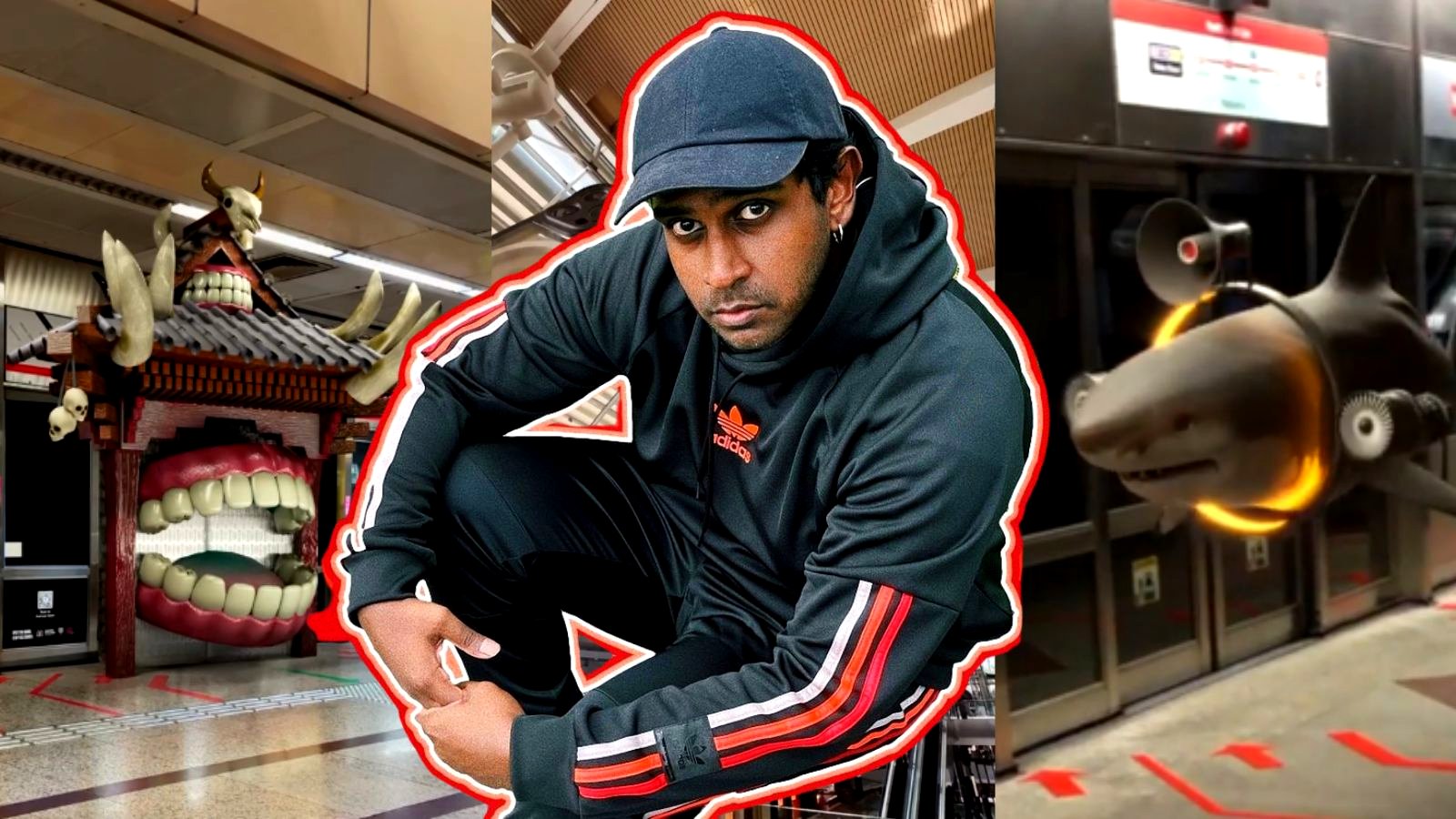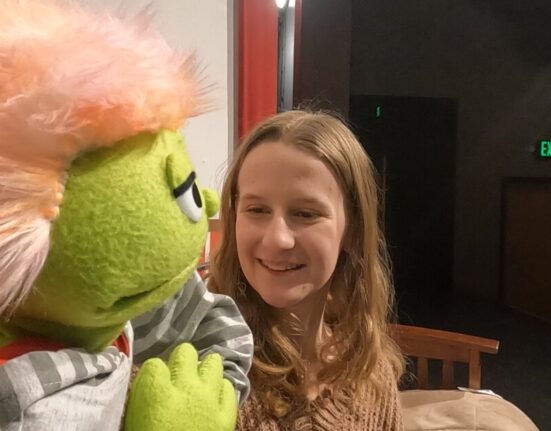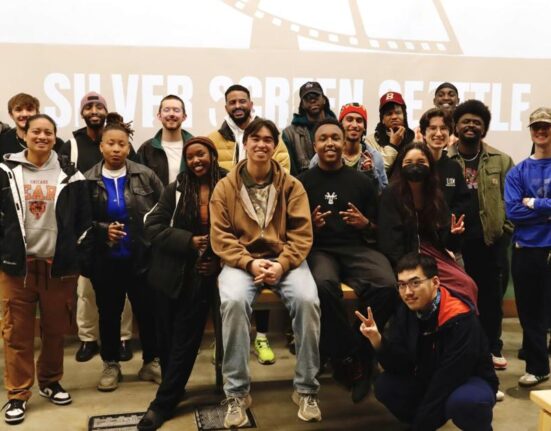In recent years, the landscape of advertising has undergone a transformative shift. One emerging trend that has captured the attention of marketers across the Asia-Pacific (APAC) region is fake out of home (FOOH), or, mixed reality advertising, according to visual artist Aundraj Jude.
This dynamic approach blends virtual elements seamlessly into real-world environments, offering brands a new canvas to captivate audiences and tell compelling stories. From augmenting everyday experiences with virtual overlays to creating immersive brand narratives that unfold in real-time, mixed reality advertising represents a shift in how brands connect with consumers.
Jude first got into the mixed reality advertising scene in 2021 when he began experimenting with new ways to elevate existing client work. At the time, Jude was mainly editing videos and found that amalgamating 3D elements into live videos added a fresh perspective to video work.
Don’t miss: What are some of the must-know rules and regulations around fake OOH ads in SG?
In conversation with MARKETING-INTERACTIVE, Jude said his first client was eCommerce firm Lazada, who had reached out to collaborate with the artist after seeing his mixed reality work on Instagram. The eCommerce giant then presented a concept that brought together the brand ethos with the artist’s touch of mixed reality against a distinctively Singaporean backdrop, he added.
The result of that collaboration was a Lazada machine that dispensed deliveries from a busy intersection in Singapore called ‘Buyong Road’.
Since then, the artist has worked with other brands across the region such as Casetify in Singapore, Oat Milk in Thailand and his personal favourite – Hendrick’s Gin where the campaign was run across three countries in Asia including Singapore, Malaysia and Thailand.
The role of artists
When it comes to the broader landscape of mixed reality ads, Jude is of the opinion that artists need to view their work as creative outlets.
“Rather than looking at these things as trends, reframing the perspective of mixed reality videos as another creative outlet is useful for artists. Again, regardless of the medium of expression, creative output has to be driven by a compelling idea or concept,” said Jude.
“The moment we start using words such as ‘viral’, ‘views’, etc. I feel we’ve lost 50% of the creative battle. At the core of these videos that have hit the heights of millions of views and likes is a great original idea brought to life by skillful execution,” he explained.
As a piece of advice to aspiring artists, Jude said, “It’s always about being different rather than being the best.” He added:
Stand out more with your own creative ideas rather than being influenced by work that has been created by others. You’ll go way further that way.
For the artist in particular, it’s tapping into Singaporean spaces that evoke sentimental value for him.
“Singapore streets, HDBs, MRT Stations, they all just bring this sense of nostalgia to me, and I see that as such a big form of inspiration and creativity to my work. I enjoy when people tell me that the video I did is where they currently reside or that they knew that I’d make a video at this particular location,” said Jude. “But more importantly, I like to share the beauty that is Singapore and the magic that lies within.”
Challenges and limitations
Admittedly, there are some challenges and limitations to designing augmented reality (AR) ads, namely in the ideation process and saturation of content on media platforms.
“Finding a middle ground between the ideas that the campaign, client or brand come to me with and my own can prove to be quite a challenge. Reaching the end goal of creating more than just a run of the mill mixed reality video while balancing multiple creative perspectives can prove to be an uphill task,” said Jude.
“At a time when all our media platforms are so saturated with content, I am compelled to think outside of the box to offer a unique perspective with the videos I create. It’s very much about finding new ways to engage with viewers who mostly have extremely short attention spans,” he added.
According to Jude, AR advertising is still rather limited in its possibilities. On the technical side of things, time and space requirements on project files are “problematic” especially working with 3D files.
On top of that, recreating animations in 3D and transforming them into AR software can also cause issues on the AR end of things.
“I think that’s where you have to start thinking outside of the box, work within the limitations but push beyond what’s possible. The idea is always the most important thing. Sometimes, the best ideas are born from the friction between limitations and possibilities,” explained Jude.
Looking at the mixed reality scene in Singapore in particular, Jude is of the opinion that AR ads will expand in scope due to the general “heavy costs” of OOH.
As of late, there have been a number of mixed reality ads in campaigns. Most recently, landmarks across Asia were taken over by CGI banners supporting Queen Rhaenyra and King Aegon in a mixed reality campaign by HBO GO.
The campaign, which aims to celebrate the launch of House of the Dragon season two, saw landmarks such as the Marina Bay Sands in Singapore, Petronas Twin Towers in Malaysia and Taipei 101 in Taiwan amongst others.
That said, Jude believes that OOH will still continue to remain relevant and that it will not just be a passing trend.
“I don’t think that’ll see the end of OOH, I believe we need to be looking at mixed reality as another form of creativity and what’s possible in our current time, rather than looking at it as another trend,” he said.
Related articles:
OPPO takes over global landmarks in quirky FOOH campaign
Fenty Beauty parachutes over Gardens by the Bay in FOOH campaign
CeraVe Singapore takes over Marina Bay Sands in FOOH campaign







